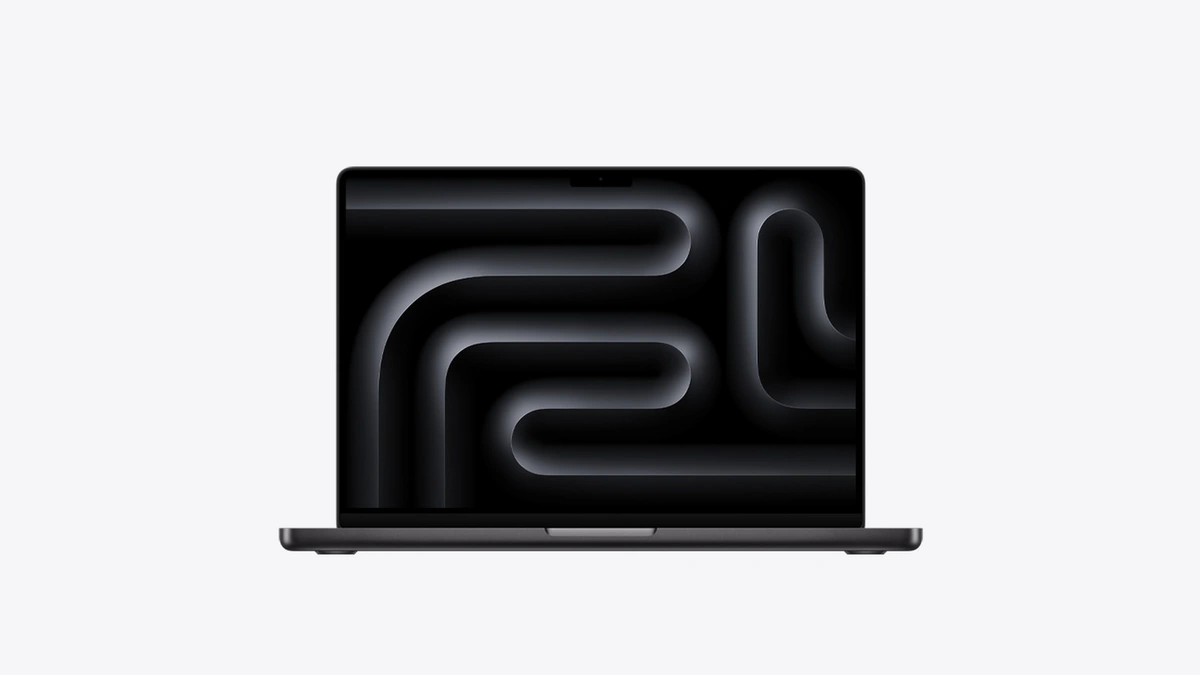For years, the rumor mill has churned, the speculation has mounted, and the faithful have waited with bated breath. Now, whispers from Cupertino suggest it’s really happening: Apple may finally be ready to unveil a Touchscreen MacBook Pro . But the question isn’t just if , it’s why now ? And, perhaps more importantly for those of us in India, what will this mean for creatives, professionals, and tech enthusiasts here?
The “Why” Behind the Touchscreen

Let’s be honest – Apple hasn’t exactly been a pioneer when it comes to touchscreens on laptops. They’ve always maintained that the iPad and MacBook cater to different needs. So, what’s changed? What fascinates me is the potential confluence of factors driving this decision. First, competition. Windows-based laptops with touchscreen capabilities have been steadily gaining traction, offering a versatility that Apple couldn’t ignore. Second, the evolving needs of creative professionals. Graphic designers, video editors, and digital artists are increasingly demanding more intuitive and direct ways to interact with their software. Third, technological advancements. Apple’s silicon chips are now powerful enough to handle the demands of touchscreen interaction without compromising battery life or performance.
The implications are massive. Imagine the possibilities for photo editing in Photoshop, video editing in Final Cut Pro, or even just navigating complex spreadsheets with a flick of your finger. The integration of touch could unlock a whole new level of productivity and creativity. But, there’s more to it than meets the eye.
What This Means for Indian Users
India is a crucial market for Apple, and the introduction of a Touchscreen MacBook Pro could be a game-changer. Here’s why: A large segment of users, particularly in creative fields, look for machines that give them that edge. India’s growing digital economy demands tools that enhance productivity and innovation. The arrival of such a MacBook can enable Indian designers, coders and other professionals to do just that. This enhanced accessibility could also lead to a surge in the adoption of Apple products among Indian professionals. But let’s be real – cost will be a factor. Apple products aren’t cheap, and a Touchscreen MacBook Pro is likely to command a premium price. The impact on the Indian market will depend on how aggressively Apple prices the device. What I initially thought was a global announcement, I quickly realized had big potential in India.
How to Prepare for the Touchscreen MacBook Pro
So, you’re excited. I get it. But before you start queuing outside the Apple Store, let’s talk about how to prepare. First, start saving! As mentioned earlier, this isn’t going to be a budget-friendly device. Second, think about your workflow. How could a touchscreen improve the way you work? What apps would you use it with? Consider exploring apps that are specifically optimized for touch input. Third, stay informed. Follow tech blogs, read reviews, and keep an eye on Apple’s official announcements. A common mistake I see people make is not comparing pricing on the Apple Indiawebsite vs offline retailers.
One thing you absolutely must do is to ensure your existing software is compatible. While most modern apps should work fine, older software might not be optimized for touch input. It’s best to check with the software developers to ensure a smooth transition. According to various industry blogs, Apple plans to release further updates soon, so keep an eye out for those as well.
But, let’s be honest, the biggest preparation you can make is managing your expectations. Touchscreens aren’t a magic bullet. They won’t automatically make you a better designer or programmer. They’re just another tool, and like any tool, they require practice and skill to master. The anticipated features are truly outstanding.
The Potential Downsides
Let’s not get carried away with the hype. There are potential downsides to a Touchscreen MacBook Pro . First, the price. As we’ve discussed, it’s likely to be expensive. Second, the learning curve. Touch input can be intuitive, but it also requires a different way of thinking about interacting with your computer. Third, the potential for fatigue. Holding your arm up to touch the screen for extended periods can be tiring. Fourth, the dreaded fingerprints. Touchscreens are notorious for attracting smudges and fingerprints.
And, here’s the thing: Apple has always been meticulous about design and user experience. They wouldn’t release a Touchscreen MacBook Pro unless they were confident that it would meet their high standards. So, while there are potential downsides, I’m optimistic that Apple has addressed them. Let me rephrase that for clarity… Apple will have taken these issues into account.
Final Thoughts | A New Era for the MacBook?
The introduction of a Touchscreen MacBook Pro could mark a significant shift in Apple’s approach to laptops. It could blur the lines between the MacBook and the iPad, creating a more versatile and powerful device for creative professionals and power users. But it’s not just about the technology; it’s about the possibilities it unlocks. It’s about empowering designers to create more intuitively, programmers to code more efficiently, and artists to express themselves more freely. It’s about the future of computing, and India is poised to play a key role in that future. It will be a new era for Apple products . Here’s ustrendsnow.com .
FAQ
Will my existing MacBook accessories work with the Touchscreen MacBook Pro?
Most likely, yes. However, it’s always best to check the compatibility of specific accessories with the new model.
What if I forgot my Apple ID password?
You can reset your Apple ID password on the Apple website or through the settings menu on your current Apple device.
Will the Touchscreen MacBook Pro be available in different colors?
That remains to be seen. Apple typically offers its products in a range of colors, so it’s possible, but not guaranteed.
Will a Touchscreen MacBook Pro really improve my productivity?
Potentially. A MacBook Pro release date depends on how you use it and your workflow. However it will depend on the apps and functions you use.




